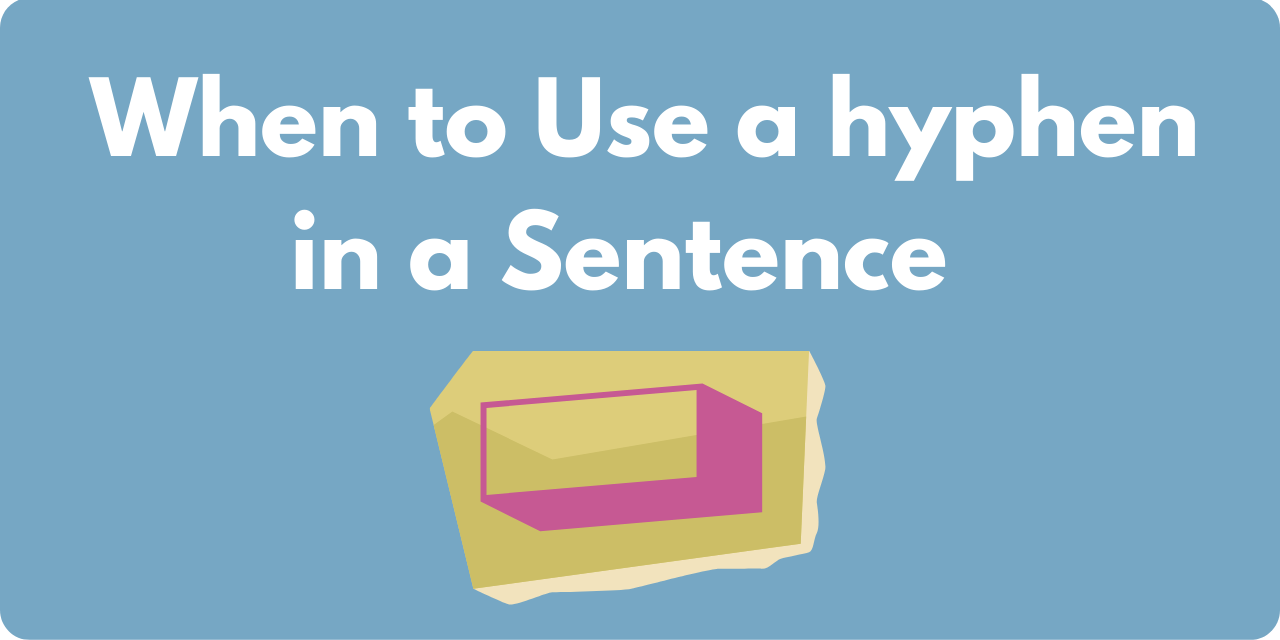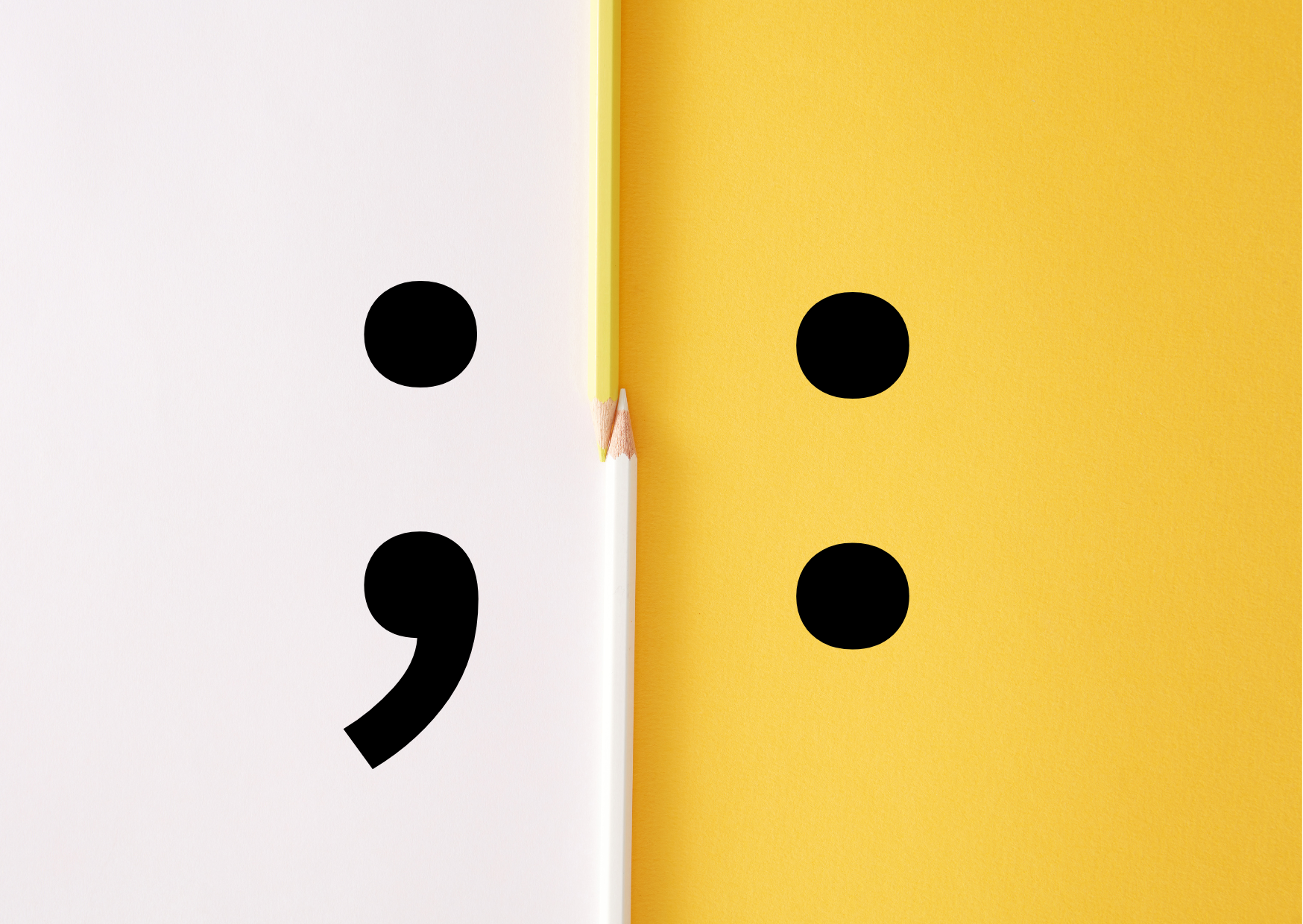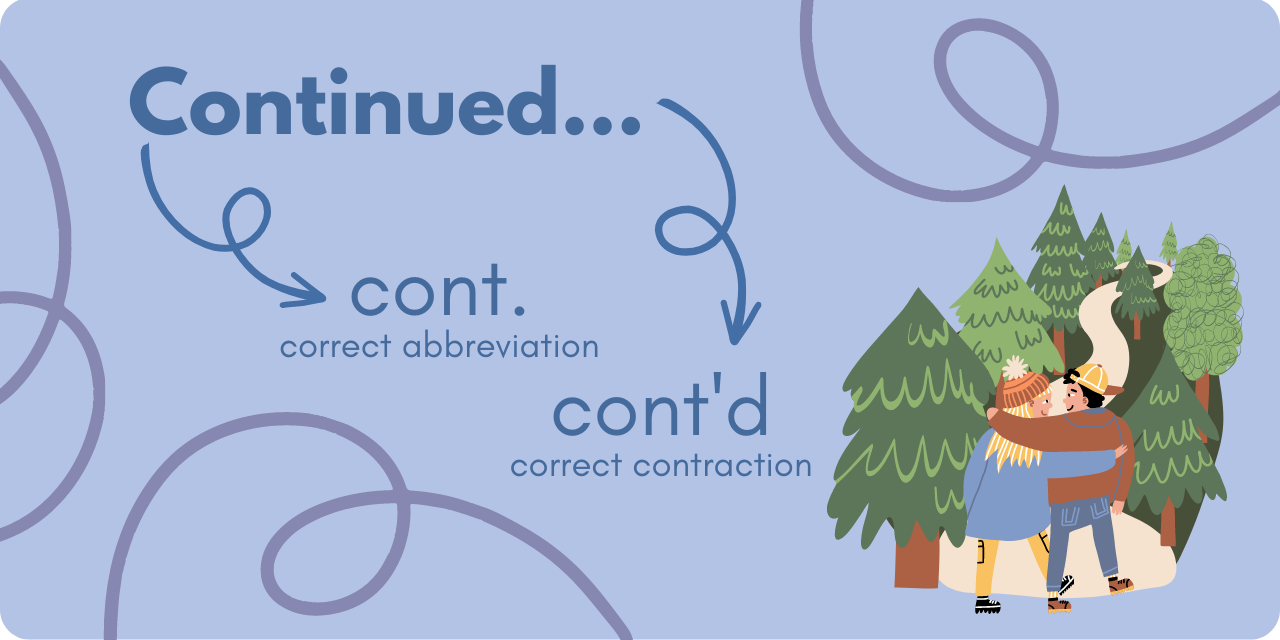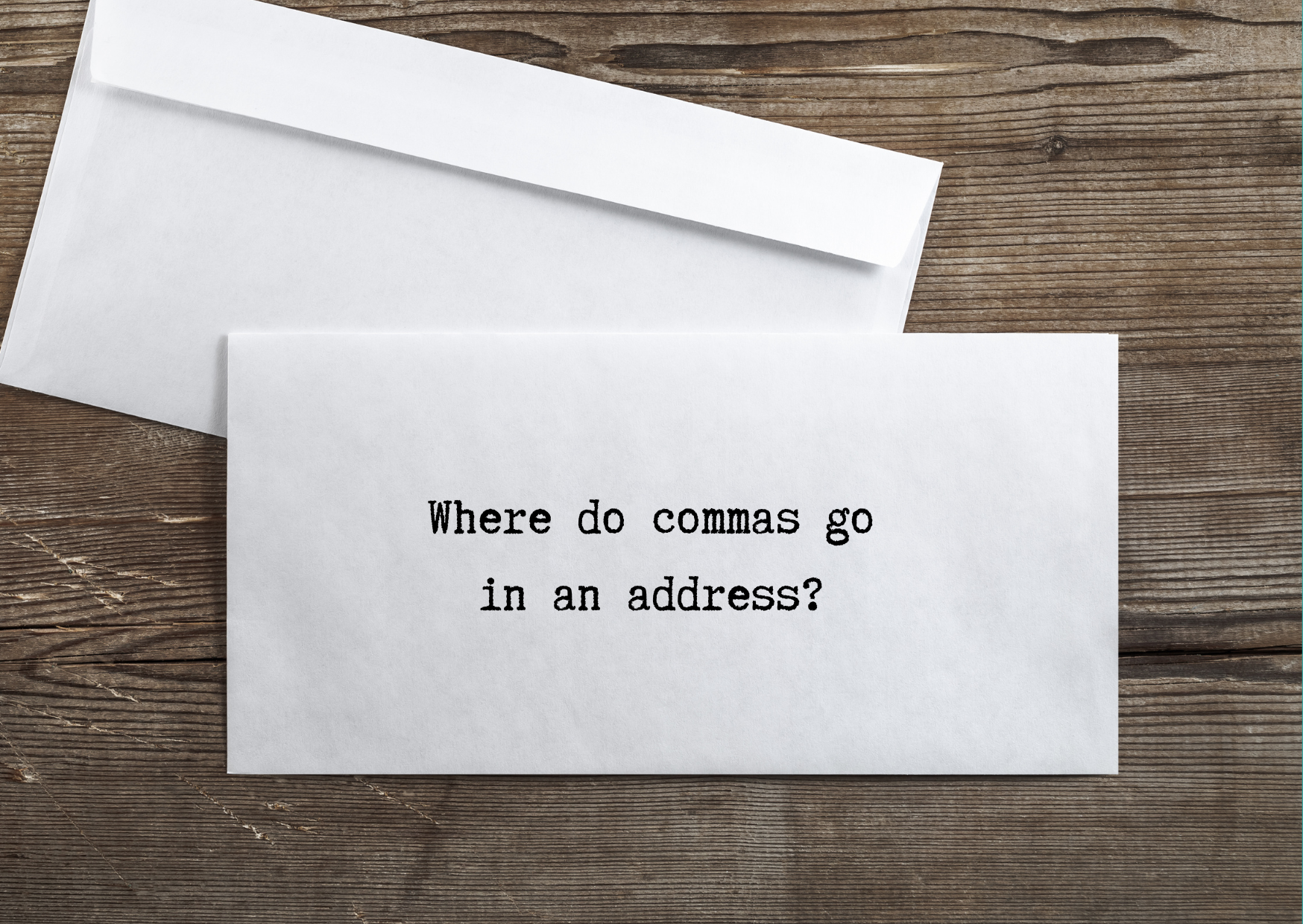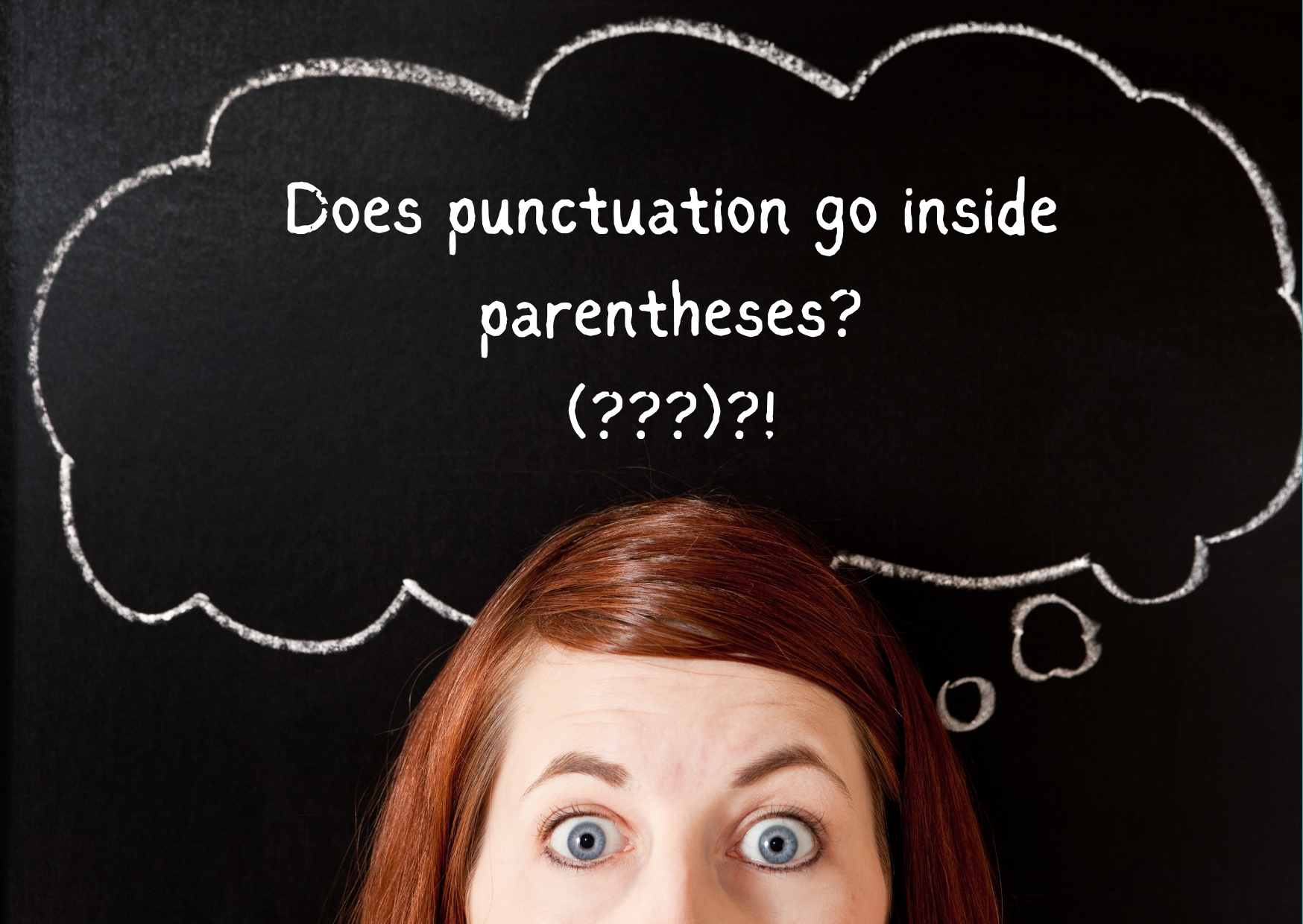The period is usually the first punctuation mark that we learn about when we first begin reading and writing. A period is called a full stop in British English. The rules for using periods are much simpler than the rules for commas or semicolons.
When do you need a period?
Most commonly, a period is used to mark the end of a declarative sentence. In comparison, interrogative sentences end with a question mark.
For example:
I like cats. My cat is named Gus. Gus is the coolest cat who has ever lived; that’s not a fact, it’s just my opinion.
How to use periods with quotation marks
The most common question about periods is when to use them with other punctuation marks. In American English, the period always goes inside of the closing quotation mark at the end of a sentence.
For example:
My grandma loved to repeat the old saying “waste not, want not.”
Jaclyn said, “I can’t remember where I heard about the play, but I definitely want to go.”
Using Periods with Parentheses
If there is a complete, independent sentence, which is entirely enclosed by parentheses, the period belongs inside the closing parenthesis.
For example:
The dog ate every chip that fell out of the bag. (I wasn’t quick enough to stop him.) At least I won’t have to clean the floor.
However, if the parenthetical material is inside another sentence, then the period goes on the outside.
For example:
The dog barked loudly when he smelled the fresh bacon (his favorite).
Periods and Ellipses
An ellipsis looks like three periods in a row with spaces between each one. The plural of this word is ellipses. Ellipses are used in two ways. One is to show that there was a part of a quote that was removed.
For example:
Hamlet wonders if it is nobler “to suffer the slings . . . of outrageous fortune or to take arms against a sea of troubles.”
In the example above, the words “and arrows” have been removed from the quote. Sometimes you have to leave out part of a quote because it’s unnecessary or too wordy. The ellipsis marks the spot where you took something out.
Ellipses can also be used as a literary effect, to show a dramatic pause or a thought that trails off. Another name for this type of ellipsis is “suspension points.”
For example:
The plane was supposed to arrive at 4:00 so she waited and waited . . . and waited.
Wait a minute . . . If you’re not watching the baby, who is?
I guess we could go there later. If there’s enough time . . .
Using an ellipsis like this is fine in fiction, but should be avoided in formal writing.

